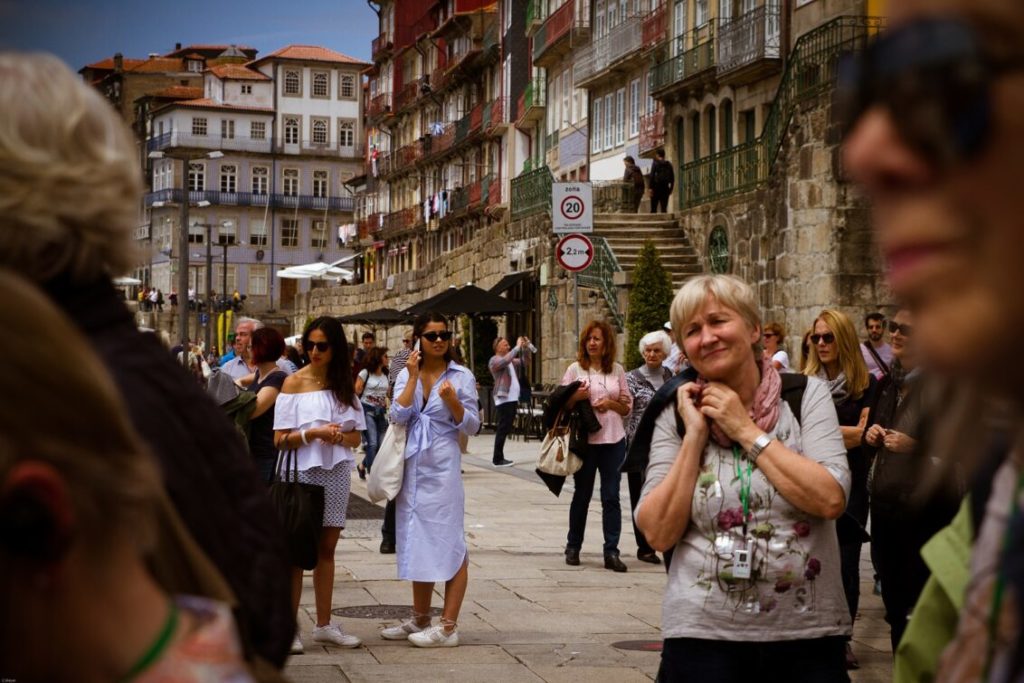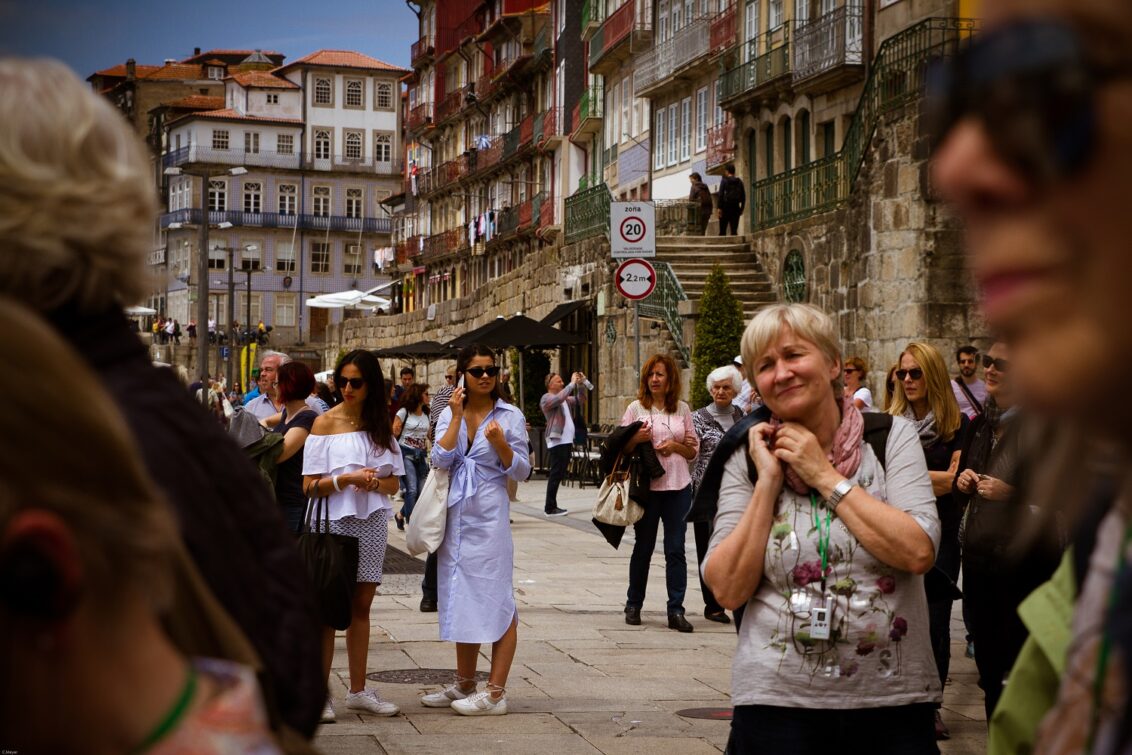Take your travel blogging from one-dimensional personal accounts to stories interwoven with local perspectives and authentic insights.

BY MEGAN LEWIS
Unless you’re in the Arctic Circle and harp seals are truly your only companions, as a travel writer you are guaranteed to come across people. It is the locals who know the real travel gems: the best bite in the neighbourhood, the quirkiest underground tour, the secret art gallery in a treehouse.
For many, striking up a conversation with a stranger in a new place might feel daunting. There are several reasons to do so but for now, we have three that will hopefully encourage you to take up that challenge:
1. Build authenticity into your article
To do justice to the destination you find yourself in as well as the article that’s going to come from it, it is important to reach out to the people that actually live there. Then, take those conversations and knit them into your story to make it a fuller and truer reflection of where you have been.
The bartender whose career spans two decades and thousands of kilometres across the city you are visiting will be able to give you special insights and current developments that a guidebook simply wouldn’t be able to. Your experience of a place matters but so too does that of the people that call it home.
2. Boost your article’s credibility
The reader will be more inclined to judge your article as holding more weight if local perspectives are represented.
This is because a story that offers a single outlook, with its many subjectivities and blind spots, reads as a show-and-tell travel monologue. When a new voice enters the narrative and takes your reader to a hidden textile market or quiz night at the community centre, they will be confident that you have done the research necessary to get it ‘right’.
READ MORE: *Travel Writing Course Success: Ann Huston *Exposing The 5 Top Travel Writing Myths *10 Travel Writing Tips Writers Must Know
3. Learn and grow as a travel writer
Along with substantiating your current article with anecdotes and dialogue, talking to people on your travels can open unexpected angles and new content for additional travel blogs. What’s more, it not only adds to your craft in the functional sense; it grows you personally, as a writer and traveller.
If starting up a conversation with a stranger is a challenge for you, being forced to do so can help you overcome it. It gives you the opportunity to build new relationships and expand your global network of interesting people. You will have to practice your conversational skills if you want to be in the know at the local level.
About the Author
By day, Megan Lewis, is a Durban-based long-copy writer for clients in the African safari industry, and by night, she dreams of having enough money to visit the destinations she writes about.
Fortunately, she has at times been able to replace the office chair for a plane seat. Most recently, she enjoyed a two-week beach and bush break in Portugal, and learnt how to beat the Euro, despite the miserable Rand conversion.














